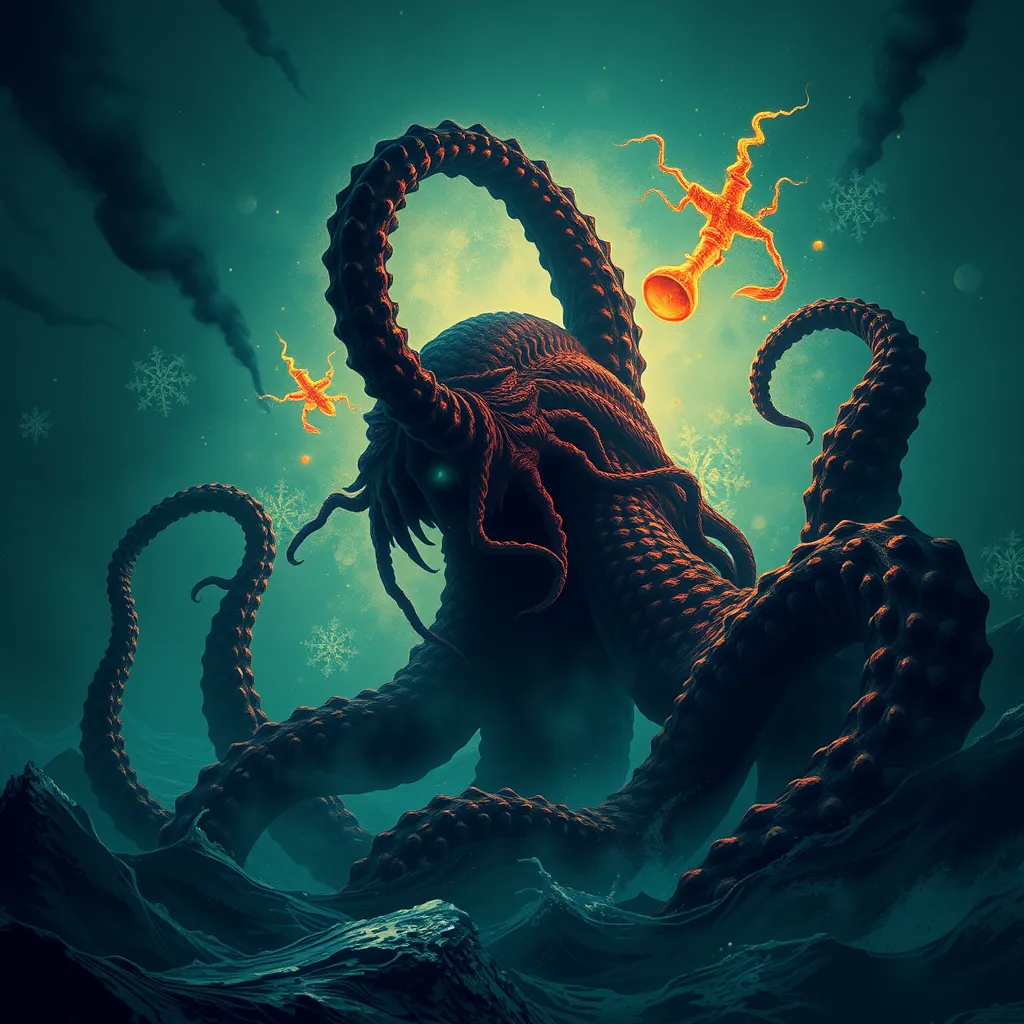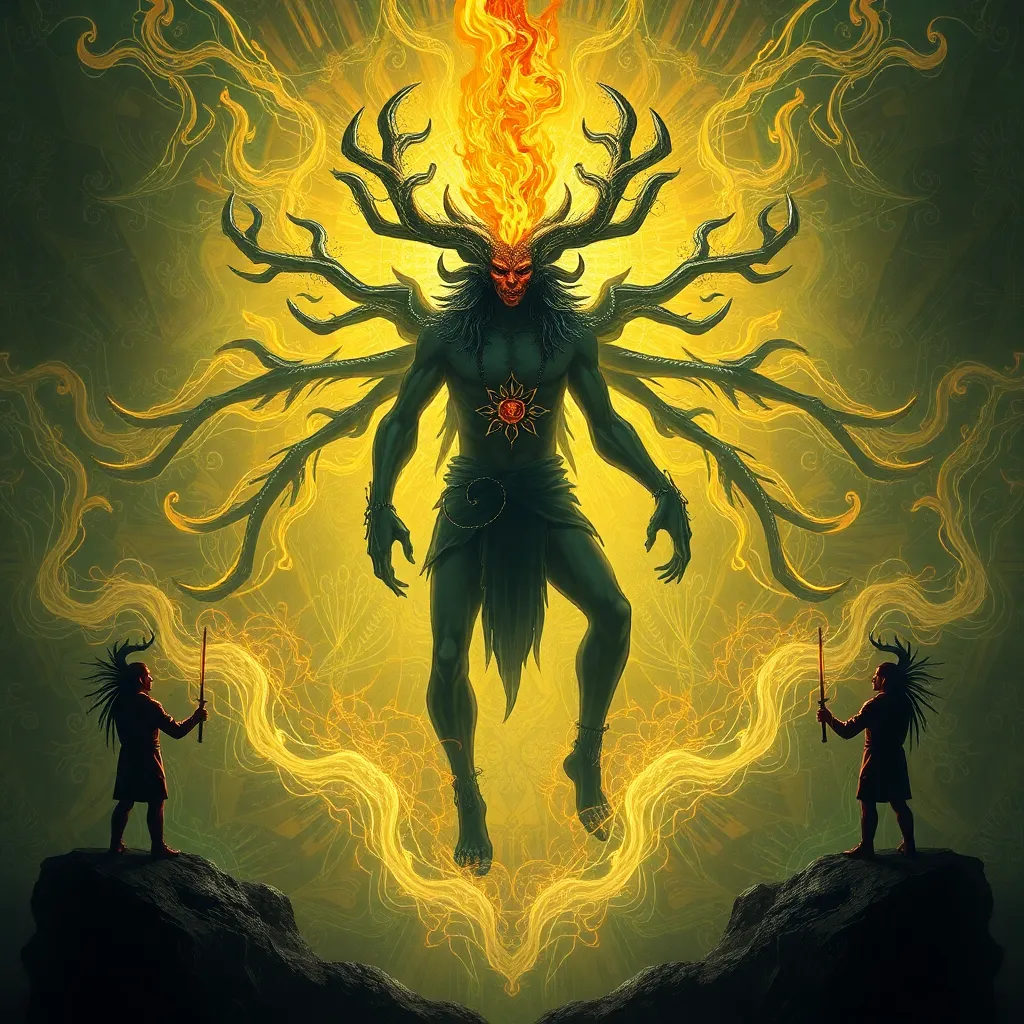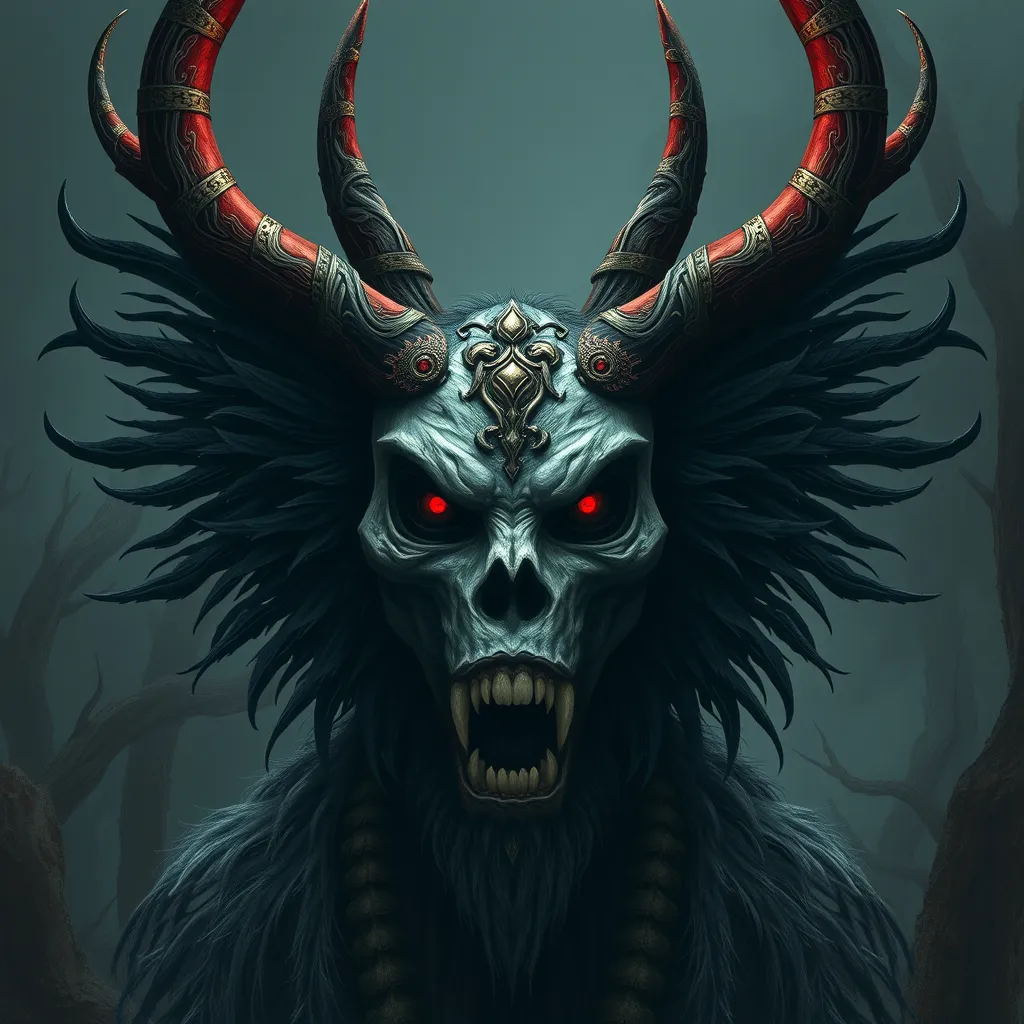The Kraken’s Warning: Examining the Monster’s Role as a Symbol of Fear
I. Introduction
The Kraken, a legendary sea monster, has captivated the imagination of people for centuries. This mythical creature, often depicted as a gigantic octopus or squid, has its roots deeply embedded in maritime folklore and literature. As a symbol of fear, the Kraken represents the unknown and the immense power of nature. This article examines the multifaceted role of the Kraken as a symbol of fear, exploring its historical origins, cultural significance, and its enduring legacy in modern society.
II. Historical Origins of the Kraken
The Kraken’s origins can be traced back to early maritime folklore, where sailors spoke of monstrous creatures lurking beneath the waves. These tales served to explain the dangers of the open sea, a realm that was largely unexplored and shrouded in mystery.
- Early accounts and maritime folklore: The first recorded mention of the Kraken dates back to the 12th century in the writings of Francesco Negri, an Italian priest who described a giant sea creature off the coast of Norway.
- Cultural significance in Scandinavian mythology: The Kraken became a prominent figure in Scandinavian folklore, symbolizing the treacherous nature of the ocean and the fears of sailors.
- Evolution of the Kraken in art and literature: Over time, the Kraken has been depicted in various forms of art, from paintings to literature, evolving into a powerful symbol of fear and the unknown.
III. The Kraken as a Symbol of the Unknown
The ocean has always been a source of fear for humanity, due to its vastness and depth. The Kraken embodies this fear of the unknown, representing both the mysteries of the sea and the psychological impact that such unknowns can have on individuals.
- Fear of the ocean and its mysteries: The ocean is a largely unexplored frontier, and the Kraken serves as a reminder of the dangers that lurk beneath the surface.
- The psychological impact of the unknown: The fear of the unknown can lead to anxiety and irrational fears, and the Kraken symbolizes these deep-seated fears in human psychology.
- How the Kraken embodies humanity’s fears of nature: As a powerful creature, the Kraken serves as a metaphor for the unpredictable and often dangerous forces of nature that humanity cannot control.
IV. The Kraken in Popular Culture
In modern times, the Kraken has made its way into popular culture, appearing in literature, film, and other media. These representations have significantly shaped public perception of the creature and the fears it symbolizes.
- Representation in literature and film: The Kraken has appeared in numerous stories, from classic literature like Jules Verne’s “Twenty Thousand Leagues Under the Sea” to contemporary films like “Pirates of the Caribbean.”
- The Kraken in modern media: adaptations and reinterpretations: Modern interpretations have varied from terrifying monster to misunderstood creature, reflecting evolving societal fears.
- Impact of these representations on public perception of fear: The portrayal of the Kraken in media often amplifies the fear of the unknown, while also providing a sense of adventure and thrill.
V. The Kraken and Societal Fears
Monsters often reflect the anxieties of the societies that create them. The Kraken is no exception, as it symbolizes various societal fears throughout history.
- The monster as a reflection of societal anxieties: The Kraken can be seen as a manifestation of humanity’s fears about nature, the sea, and the unknown.
- Historical events that heightened fear of the sea: Shipwrecks, piracy, and naval warfare have all contributed to a collective fear of the ocean, making the Kraken a relevant symbol during turbulent times.
- The Kraken’s role in times of crisis and uncertainty: During periods of crisis, such as wars or economic downturns, the Kraken serves as a reminder of the chaos and unpredictability of life.
VI. The Scientific Perspective: Real Creatures Behind the Myth
While the Kraken is a mythical creature, its legend is rooted in the reality of deep-sea creatures that evoke similar fears. Understanding these creatures can help demystify the Kraken.
- Deep-sea creatures that resemble the Kraken: Creatures like the giant squid and colossal squid bear a resemblance to the Kraken, feeding into the myth with their size and elusive nature.
- The role of scientific discovery in dispelling or reinforcing fears: As scientists explore the ocean, they uncover new species and phenomena that can either alleviate or heighten fears associated with the sea.
- Exploration of the ocean and its impact on the Kraken myth: The ongoing exploration of the ocean continues to inform and shape the legend of the Kraken, keeping the myth alive in the public consciousness.
VII. The Kraken’s Legacy and Modern Interpretations
Today, the Kraken remains relevant as a symbol of fear, adapting to modern challenges and societal issues.
- The continued relevance of the Kraken in contemporary discussions of fear: In a world facing numerous uncertainties, the Kraken serves as a potent symbol of the fears that grip society.
- The Kraken in environmental discussions and climate change: As climate change threatens ocean ecosystems, the Kraken can symbolize the fragility of these environments and the fears associated with their destruction.
- The monster as a metaphor for modern challenges: The Kraken represents the challenges we face today, from technological advancements to environmental crises, serving as a reminder of the unknown we must confront.
VIII. Conclusion
In conclusion, the Kraken serves as a powerful symbol of fear, reflecting humanity’s anxieties about the unknown and the uncontrollable forces of nature. From its historical origins to its modern interpretations, the Kraken continues to captivate and terrify, reminding us of the importance of confronting our fears, both ancient and modern. Its legacy endures in human culture, serving as a cautionary tale about the mysteries that lie beneath the surface, whether in the ocean or in our own lives.




